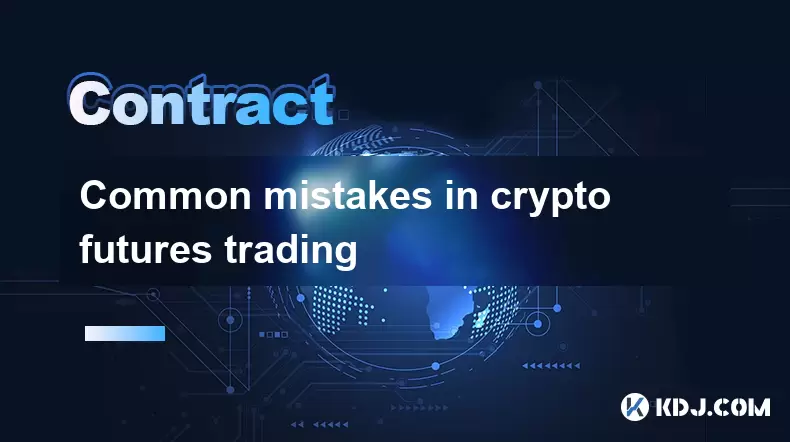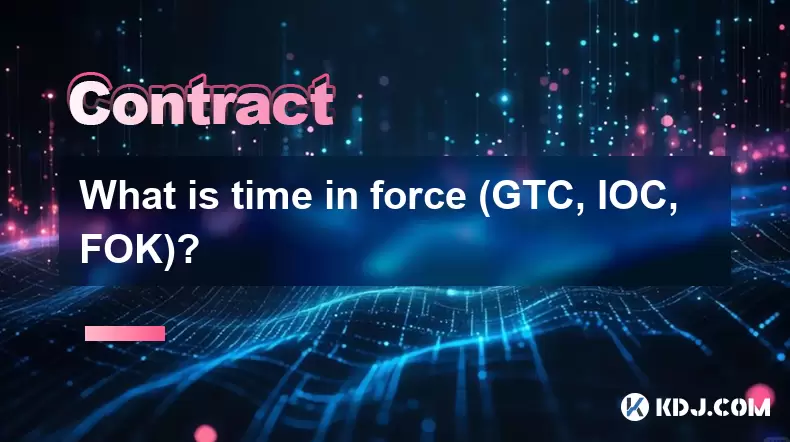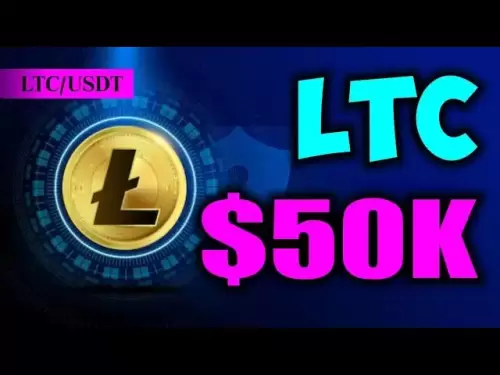-
 Bitcoin
Bitcoin $118400
0.19% -
 Ethereum
Ethereum $3766
5.19% -
 XRP
XRP $3.547
3.45% -
 Tether USDt
Tether USDt $1.000
0.01% -
 BNB
BNB $754.4
2.76% -
 Solana
Solana $182.1
2.48% -
 USDC
USDC $0.9998
-0.01% -
 Dogecoin
Dogecoin $0.2749
12.98% -
 Cardano
Cardano $0.8737
4.84% -
 TRON
TRON $0.3178
-0.78% -
 Hyperliquid
Hyperliquid $46.87
4.87% -
 Stellar
Stellar $0.4745
2.35% -
 Sui
Sui $3.945
4.11% -
 Chainlink
Chainlink $19.49
5.38% -
 Hedera
Hedera $0.2789
4.28% -
 Bitcoin Cash
Bitcoin Cash $549.5
5.60% -
 Avalanche
Avalanche $25.36
1.14% -
 Shiba Inu
Shiba Inu $0.00001576
5.38% -
 Litecoin
Litecoin $117.5
4.42% -
 UNUS SED LEO
UNUS SED LEO $8.987
-0.08% -
 Toncoin
Toncoin $3.299
2.83% -
 Polkadot
Polkadot $4.543
3.41% -
 Uniswap
Uniswap $10.69
5.28% -
 Ethena USDe
Ethena USDe $1.001
-0.02% -
 Pepe
Pepe $0.00001443
8.78% -
 Monero
Monero $326.4
0.36% -
 Bitget Token
Bitget Token $5.000
2.07% -
 Dai
Dai $0.9999
-0.02% -
 Aave
Aave $328.7
3.62% -
 Bittensor
Bittensor $428.6
3.35%
How to set up a local Ethereum development environment?
A local Ethereum development environment allows developers to test and deploy smart contracts and dApps safely, without incurring real gas costs or risking exposure on the mainnet.
Jul 20, 2025 at 09:07 pm

What Is a Local Ethereum Development Environment?
A local Ethereum development environment is a setup that allows developers to test and deploy smart contracts and decentralized applications (dApps) without interacting with the main Ethereum network. This environment mimics the behavior of the Ethereum blockchain on a smaller, more controlled scale. It is crucial for developers who want to experiment with smart contracts, test transaction flows, and debug issues without incurring real gas costs or exposing untested code to the public network. Setting up this environment locally enables faster iteration and safer testing before deploying to testnets or the mainnet.
Why Use a Local Ethereum Development Environment?
Using a local environment offers several advantages. It provides a sandboxed space where developers can experiment freely. Gas fees are non-existent in this setup, which is especially beneficial during the early stages of development. Additionally, local environments allow for faster deployment cycles and immediate feedback, which is essential when iterating on contract logic or dApp functionality. These environments also support features like instant mining, which helps simulate real-time blockchain behavior without waiting for actual block confirmations. This accelerates development and debugging, making it easier to identify and resolve issues early.
Tools Required for Setting Up the Environment
To create a local Ethereum development environment, you need specific tools and software. The most commonly used tools include Node.js, npm (Node Package Manager), Truffle Suite, Ganache, and MetaMask. Node.js and npm are foundational for running JavaScript-based tools and installing Ethereum development packages. Truffle is a development framework that simplifies contract compilation, deployment, and testing. Ganache, previously known as TestRPC, is a personal blockchain for Ethereum development that allows you to run a local Ethereum node with pre-funded accounts. MetaMask is a browser extension that acts as a wallet and interface for interacting with Ethereum dApps. Each of these tools plays a critical role in setting up a functional local environment.
Step-by-Step Setup of the Local Ethereum Environment
- Install Node.js and npm: Begin by downloading and installing the latest version of Node.js from the official website. This will also install npm, which is essential for installing Ethereum development tools.
- Install Truffle: Open a terminal or command prompt and run the command
npm install -g truffle. This installs Truffle globally, making it accessible from any project directory. - Install Ganache: Download Ganache from its official website or use the command
npm install -g ganache-clito install the CLI version. Runningganache-clistarts a local Ethereum blockchain with 10 pre-funded accounts. - Configure MetaMask: Install the MetaMask browser extension and connect it to the local Ganache network. This involves adding a custom RPC network with the URL
http://127.0.0.1:7545and importing one of the private keys provided by Ganache. - Create a Truffle Project: Use the command
truffle initin a new directory to scaffold a basic project structure. This includes folders for contracts, migrations, and tests. - Deploy Contracts Locally: Write your Solidity smart contract, place it in the
contractsfolder, and create a migration script in themigrationsfolder. Runtruffle migrate --network developmentto deploy the contract to the local blockchain.
Writing and Deploying Smart Contracts Locally
Once the environment is set up, developers can begin writing and deploying smart contracts. Solidity is the primary language used for Ethereum smart contracts, and Truffle provides a streamlined workflow for compiling and deploying these contracts. To start, create a .sol file inside the contracts directory. After writing the contract, create a migration script in the migrations folder to define how the contract should be deployed. Truffle compiles the contract into bytecode and Application Binary Interface (ABI), which are necessary for deployment. Running the migration command deploys the contract to the local Ganache blockchain. Developers can then interact with the deployed contract using the Truffle console or by connecting MetaMask to the local network and using a frontend dApp.
Interacting with the Local Blockchain
After deploying contracts, developers can interact with them using several methods. The Truffle console allows for direct interaction via the command line. You can call contract functions, send transactions, and check account balances. Another method is using MetaMask in conjunction with a frontend application built using frameworks like React or Vue.js. This setup allows developers to simulate real-world interactions between the dApp and the Ethereum blockchain. Each transaction is processed by the local Ganache node, and developers can view transaction details, including gas usage and logs, in the terminal. This interaction is essential for testing user flows and ensuring contract logic behaves as expected.
Troubleshooting Common Issues
Developers may encounter several issues during setup and testing. One common problem is connection errors between MetaMask and Ganache. Ensure that the RPC URL in MetaMask matches the one used by Ganache (typically http://127.0.0.1:7545). Another issue is contract deployment failures, which can occur due to syntax errors or incorrect migration scripts. Always check the Truffle compile output for errors before attempting to migrate. Additionally, gas limit issues may arise if the contract logic is too complex or if the migration script is improperly configured. Adjusting gas limits in the Truffle configuration file can help resolve these issues. Developers should also monitor the Ganache terminal for logs that indicate transaction failures or contract reverts.
Frequently Asked Questions
What is the difference between Ganache and Geth?
Ganache is a personal blockchain designed for development and testing, offering features like instant transactions and pre-funded accounts. Geth, on the other hand, is a full Ethereum node implementation used for connecting to the mainnet or testnets. Ganache is ideal for local development, while Geth is used for production-level node operations.
Can I use Hardhat instead of Truffle?
Yes, Hardhat is another popular Ethereum development framework that offers similar functionality to Truffle. It provides a flexible environment for compiling, deploying, and testing smart contracts. Many developers prefer Hardhat for its extensibility and integration with tools like Ethers.js.
How do I reset the local blockchain in Ganache?
To reset the blockchain in Ganache, simply stop the Ganache process and restart it. This will reset the blockchain to its initial state with new accounts and zero transactions. No manual cleanup is required, as Ganache generates a fresh blockchain each time it starts.
Is it possible to simulate different Ethereum network versions locally?
Yes, tools like Ganache allow developers to simulate different network IDs and chain IDs, which can be useful for testing contract behavior across various Ethereum forks. This is configured in the Ganache settings or command-line options.
Disclaimer:info@kdj.com
The information provided is not trading advice. kdj.com does not assume any responsibility for any investments made based on the information provided in this article. Cryptocurrencies are highly volatile and it is highly recommended that you invest with caution after thorough research!
If you believe that the content used on this website infringes your copyright, please contact us immediately (info@kdj.com) and we will delete it promptly.
- Bitcoin's Wild Ride: Records, Rallies, and Reversals - A New Yorker's Take
- 2025-07-21 02:30:12
- CoinDCX Hack: $44 Million Lost, User Funds Safe... For Now?
- 2025-07-21 02:30:12
- BONK, FLOKI, Remittix Predictions: Navigating the Meme Coin Mania and Beyond
- 2025-07-21 02:50:13
- Hacker Attack on CoinDCX: Funds Safe, But Lessons Learned
- 2025-07-21 02:50:13
- Rachel Booth: Missing Person Case and Jogging Clues Unfold
- 2025-07-21 02:55:12
- Iron Maiden: Music Legends Celebrate 50 Years with Royal Mint Coin
- 2025-07-21 00:30:13
Related knowledge

What is a maker vs a taker fee?
Jul 19,2025 at 01:14am
Understanding the Basics of Cryptocurrency Exchange FeesIn the world of cryptocurrency trading, maker vs taker fees are a fundamental concept that eve...

How to analyze Bitcoin futures data from CME?
Jul 19,2025 at 05:22pm
Understanding Bitcoin Futures on CMEBitcoin futures on the CME Group (Chicago Mercantile Exchange) represent a regulated financial instrument that all...

Common mistakes in crypto futures trading
Jul 20,2025 at 09:56pm
Overleveraging Without Risk ManagementOne of the most common mistakes in crypto futures trading is overleveraging. Traders often believe that using hi...

How to understand the liquidation price?
Jul 19,2025 at 10:00pm
What Is a Liquidation Price in Cryptocurrency Trading?In the realm of cryptocurrency futures and margin trading, the liquidation price refers to the s...

What is the maximum leverage for Bitcoin futures?
Jul 20,2025 at 03:42pm
Understanding Leverage in Bitcoin FuturesLeverage in Bitcoin futures refers to the use of borrowed capital to increase the potential return on investm...

What is time in force (GTC, IOC, FOK)?
Jul 19,2025 at 08:57am
Understanding Time in Force in Cryptocurrency TradingIn the world of cryptocurrency trading, the Time in Force (TIF) is a crucial parameter that deter...

What is a maker vs a taker fee?
Jul 19,2025 at 01:14am
Understanding the Basics of Cryptocurrency Exchange FeesIn the world of cryptocurrency trading, maker vs taker fees are a fundamental concept that eve...

How to analyze Bitcoin futures data from CME?
Jul 19,2025 at 05:22pm
Understanding Bitcoin Futures on CMEBitcoin futures on the CME Group (Chicago Mercantile Exchange) represent a regulated financial instrument that all...

Common mistakes in crypto futures trading
Jul 20,2025 at 09:56pm
Overleveraging Without Risk ManagementOne of the most common mistakes in crypto futures trading is overleveraging. Traders often believe that using hi...

How to understand the liquidation price?
Jul 19,2025 at 10:00pm
What Is a Liquidation Price in Cryptocurrency Trading?In the realm of cryptocurrency futures and margin trading, the liquidation price refers to the s...

What is the maximum leverage for Bitcoin futures?
Jul 20,2025 at 03:42pm
Understanding Leverage in Bitcoin FuturesLeverage in Bitcoin futures refers to the use of borrowed capital to increase the potential return on investm...

What is time in force (GTC, IOC, FOK)?
Jul 19,2025 at 08:57am
Understanding Time in Force in Cryptocurrency TradingIn the world of cryptocurrency trading, the Time in Force (TIF) is a crucial parameter that deter...
See all articles

























































































